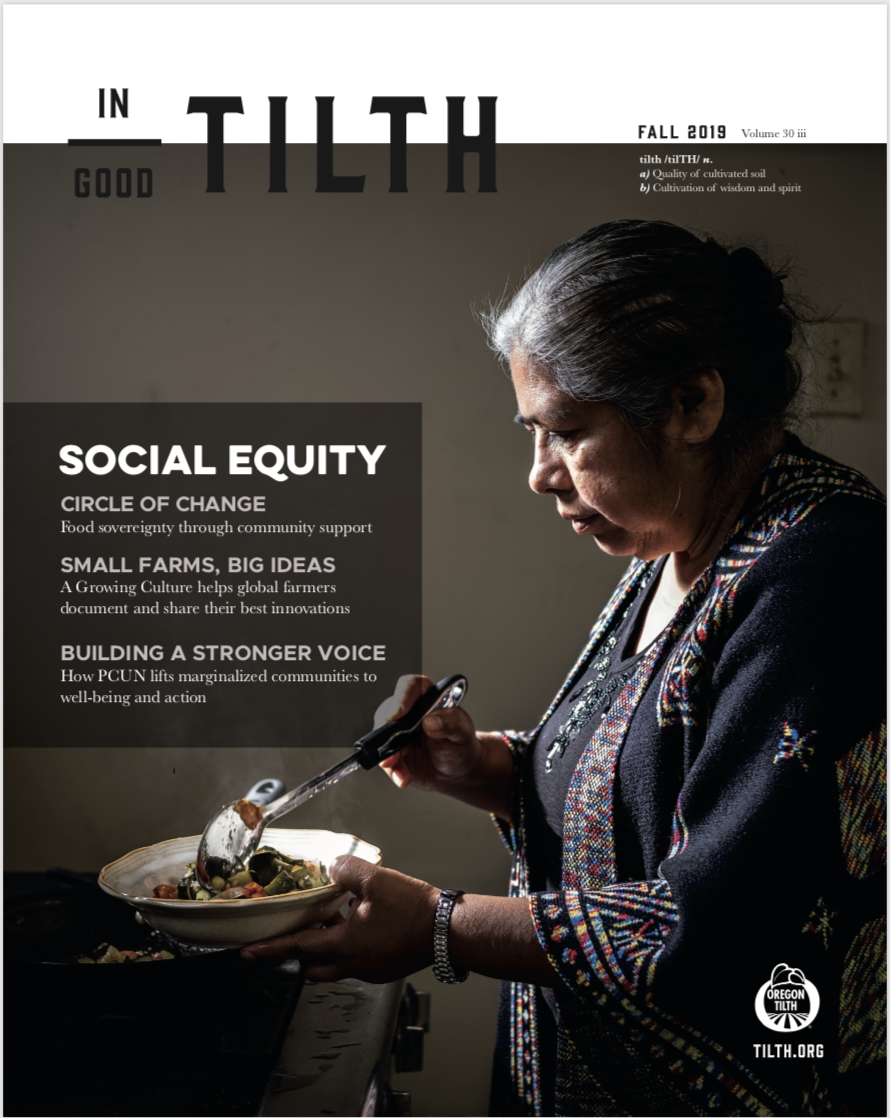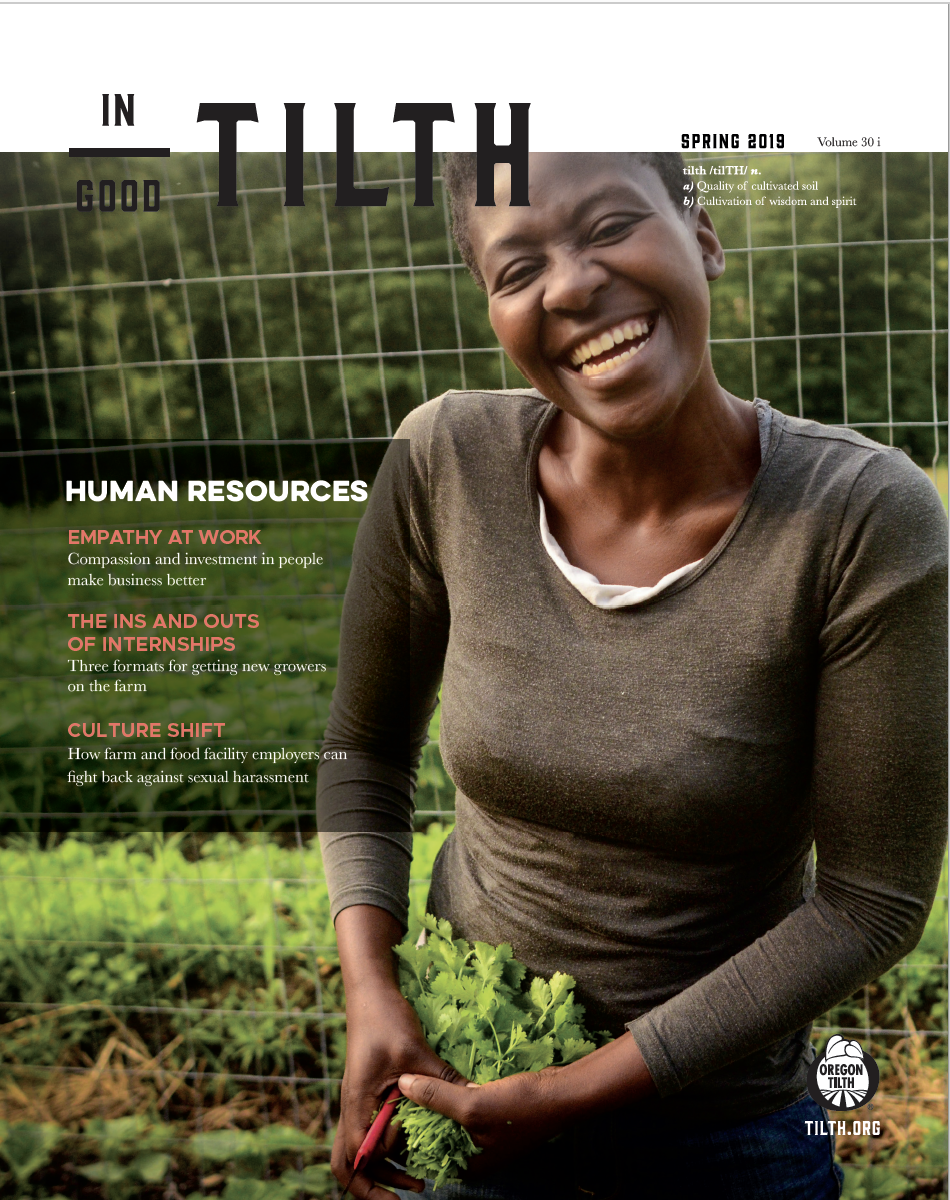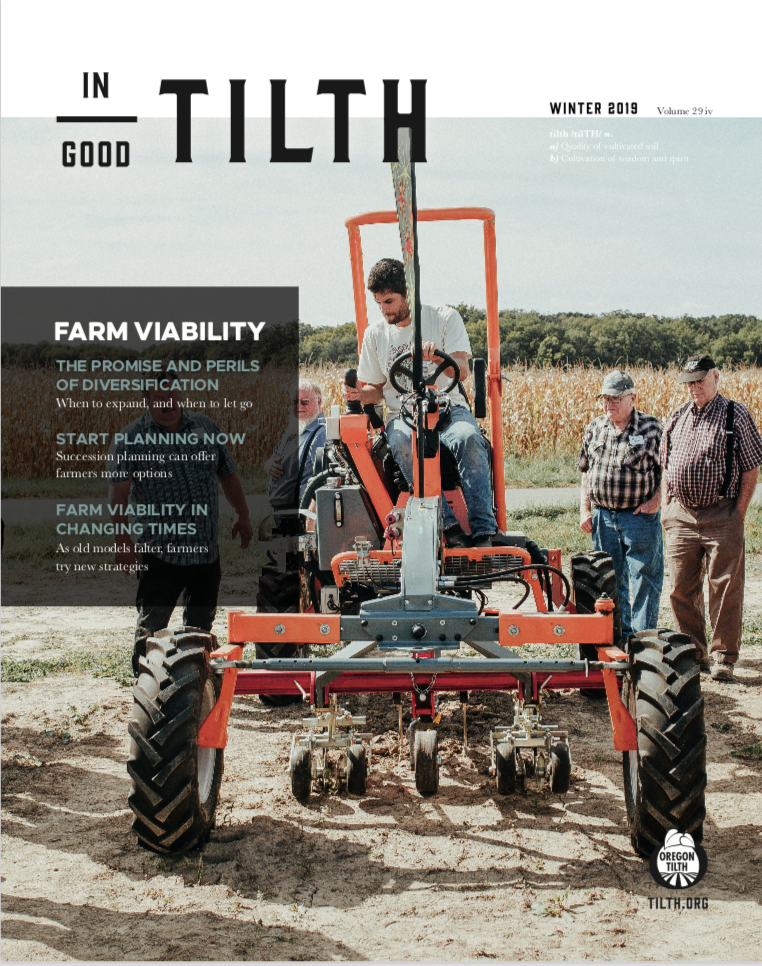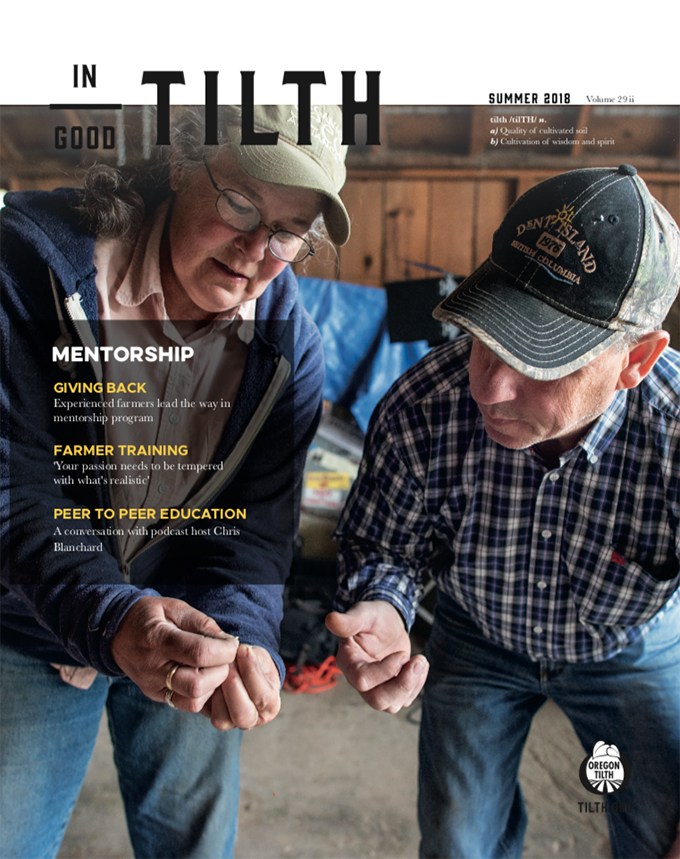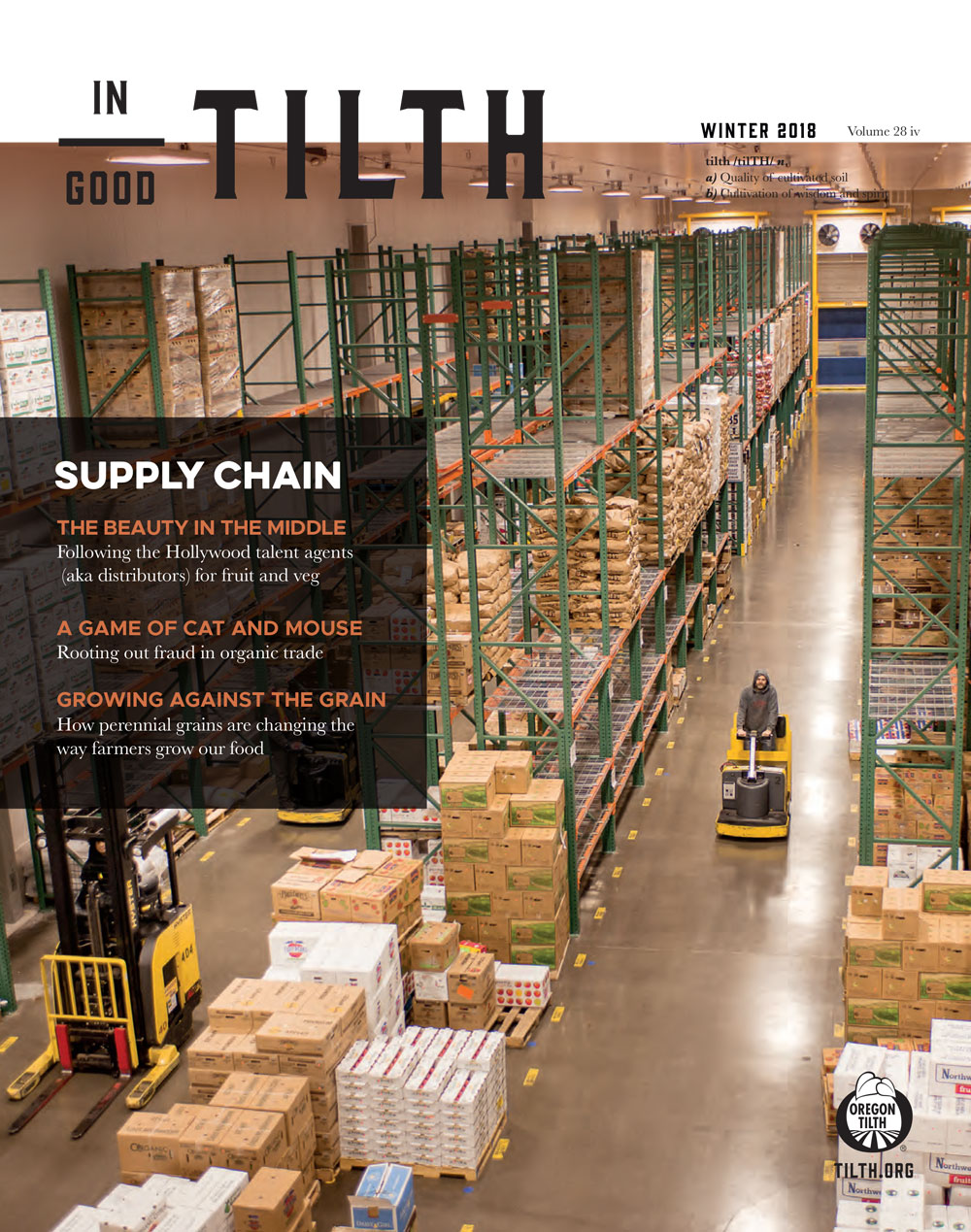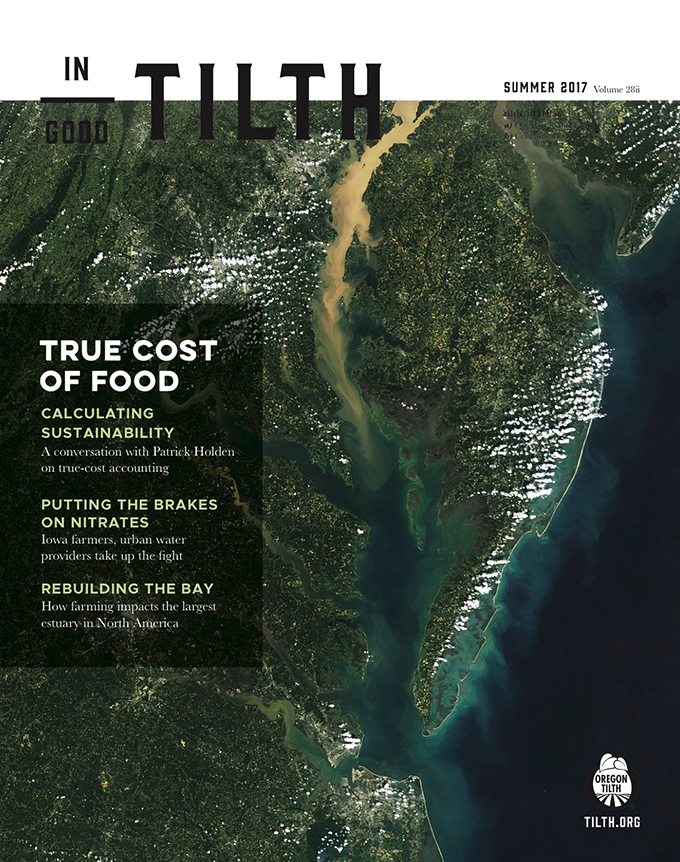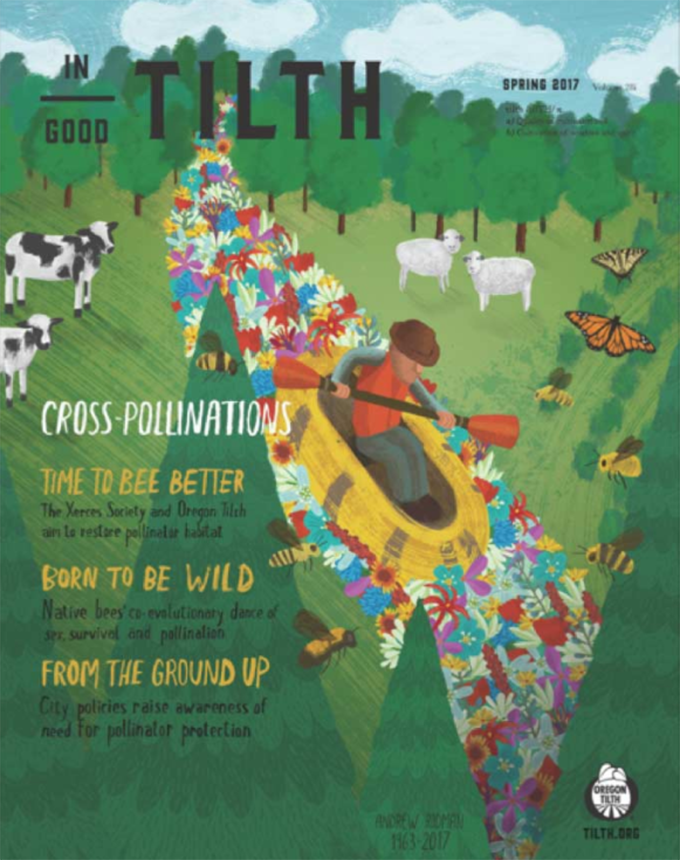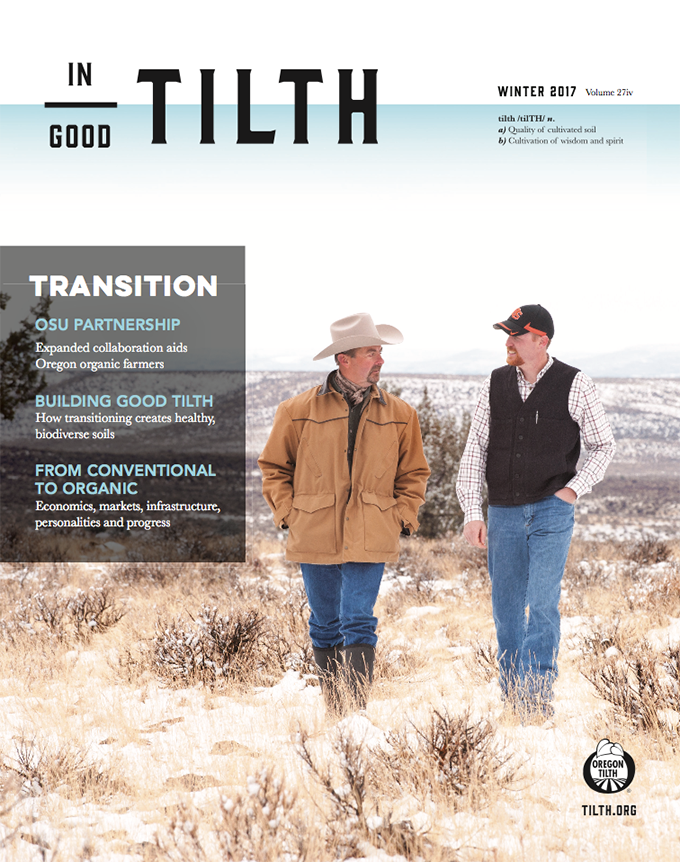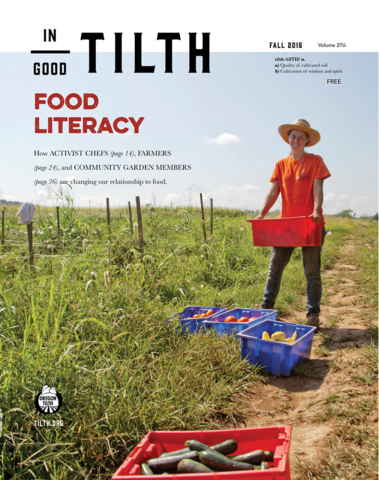Farmworkers have long faced particular inequities during periods of illness and turmoil. Honoré Bonet recorded the plight of peasants during the bubonic plague on top of the chaos of the Hundred Years War. The 14th century Benedictine monk and author wrote of being “heart-stricken to see and hear of the misery inflicted on poor laborers … through whom, under God, the Pope and all the kings and lords in the world have their meat and all their drink and clothing.”
Nearly 700 years later, today’s essential food system workers face an eerily similar situation. United States farm laborers live in poverty. The average 2015-2016 annual personal incomes for farmworkers were between $17,500 and $19,999. Whatever safety net resources exist for American citizens and residents are often inaccessible to the people who grow our food. More than one-third of Oregon’s agricultural workforce, and about 60 percent of California’s, is undocumented.
Many farmworkers existed precariously even before the pandemic arrived. Now, COVID-19 (coronavirus) has upended every aspect of farm laborers’ lives. While many people are able to work from home in relative safety and comfort, field laborers, packing house workers, food processing workers, distributors, and grocery store employees have continued to show up in person for work. People on the frontlines of food are at high risk, with widespread outbreaks impacting thousands working on farms and, increasingly, at food processing facilities.
While some employers have implemented extensive safety protocols, others have created conditions leading to massive coronavirus outbreaks that sickened and killed workers, disrupted supply chains and upended the lives of agricultural communities. Following patterns visible throughout American society, the impact of food-system-linked COVID-19 outbreaks appears to have fallen disproportionately on people of color. On the West Coast, Latinx farmworkers, including U.S. residents and laborers here as part of the federal H-2A guest worker visa program, have been particularly hard-hit.
It’s hard to say for sure just how many farmworkers have contracted COVID-19 in the United States. Few state or county health departments gather and report data about the occupation of people who test positive for COVID-19. As part of its Food and Agriculture Vulnerability Index Dashboard, Purdue University reported in early October 2020 that an estimated 159,000 U.S. agricultural workers have tested positive for COVID-19. However, that figure doesn’t count seasonal, contract or visa employees, who comprise a major portion of on-farm labor in the United States.
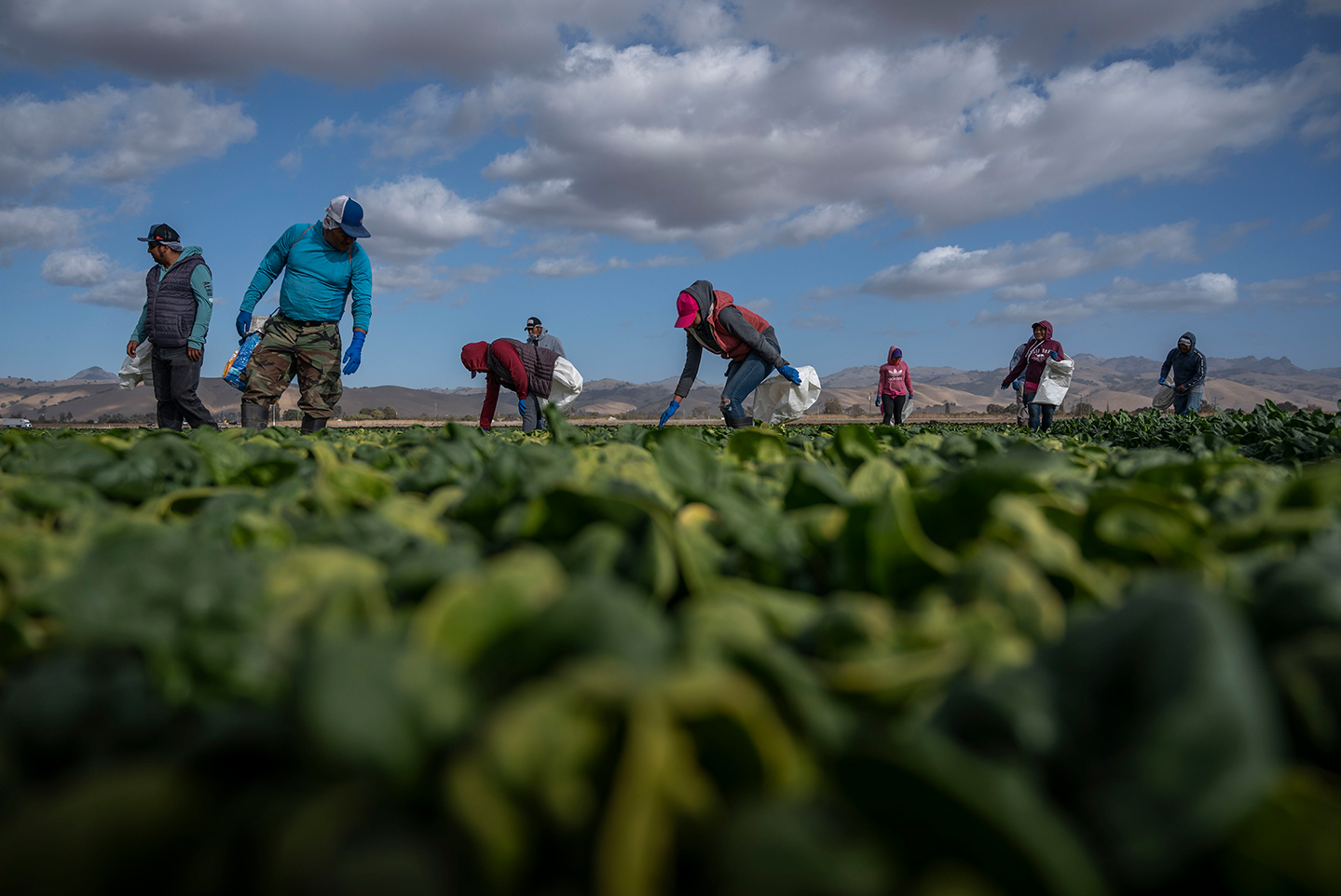
In an effort to better grasp farmworkers’ experiences with COVID-19, a cross-disciplinary group of researchers and community groups recently released the preliminary results of the COVID-19 Farmworker Study. The study encompasses Washington, Oregon and California, with the goal of gaining greater insight into the challenges facing West Coast farmworkers in 2020. The study was launched by the California Institute for Rural Studies, a 43-year-old advocacy group focused on issues in rural communities.
“This kind of work in a moment of change and crisis to bring rural people’s voices into the public conversation is old school for us,” said Executive Director Ildi Carlile-Cummins. “It’s the work we were founded to do.”
Jennifer Martinez, a doctoral candidate at Portland State University, and Dr. Tomás Madrigal, Department of Health Equity Coordinator with the Washington State Department of Health, served as study coordinators in Oregon and Washington.
From its inception, the study was a collaborative affair. Over the spring and summer of 2020, researchers, farmworker advocates and community organizations surveyed more than 900 farmworkers in California and about 300 farmworkers in Oregon, distributed proportionally across both states’ geographies according to where agricultural workers lived. (As of writing, Washington has yet to release its preliminary study results.) The survey asked farmworkers questions about their physical and mental health, experiences in the workplace, economic challenges and ability to access resources.
In California and Oregon, the results were grim. Respondents confirmed that many farmworkers face increased vulnerability to COVID-19 infection via inadequate access to personal protection equipment, as well as crowded conditions at work, at home and while riding in workplace transportation. It also revealed that the impacts of the coronavirus have penetrated far more deeply into farmworkers’ lives than workplace disruptions. And, because many West Coast farmworkers are not effectively served by a social safety net, they’re left to cope without the assistance programs that benefit documented residents of the United States.
“We’ve known for a long time that farmworkers are extremely vulnerable,” said Dr. Don Villarejo, a study partner and longtime advocate for California farmworkers. “They’re often failed by systems and structures, and those systems don’t serve the communities at the least, or at the very worst, are often targeting farmworker communities for abuse. This study reveals the ways longstanding vulnerabilities in farmworker communities are really being exacerbated and amplified by the pandemic.”
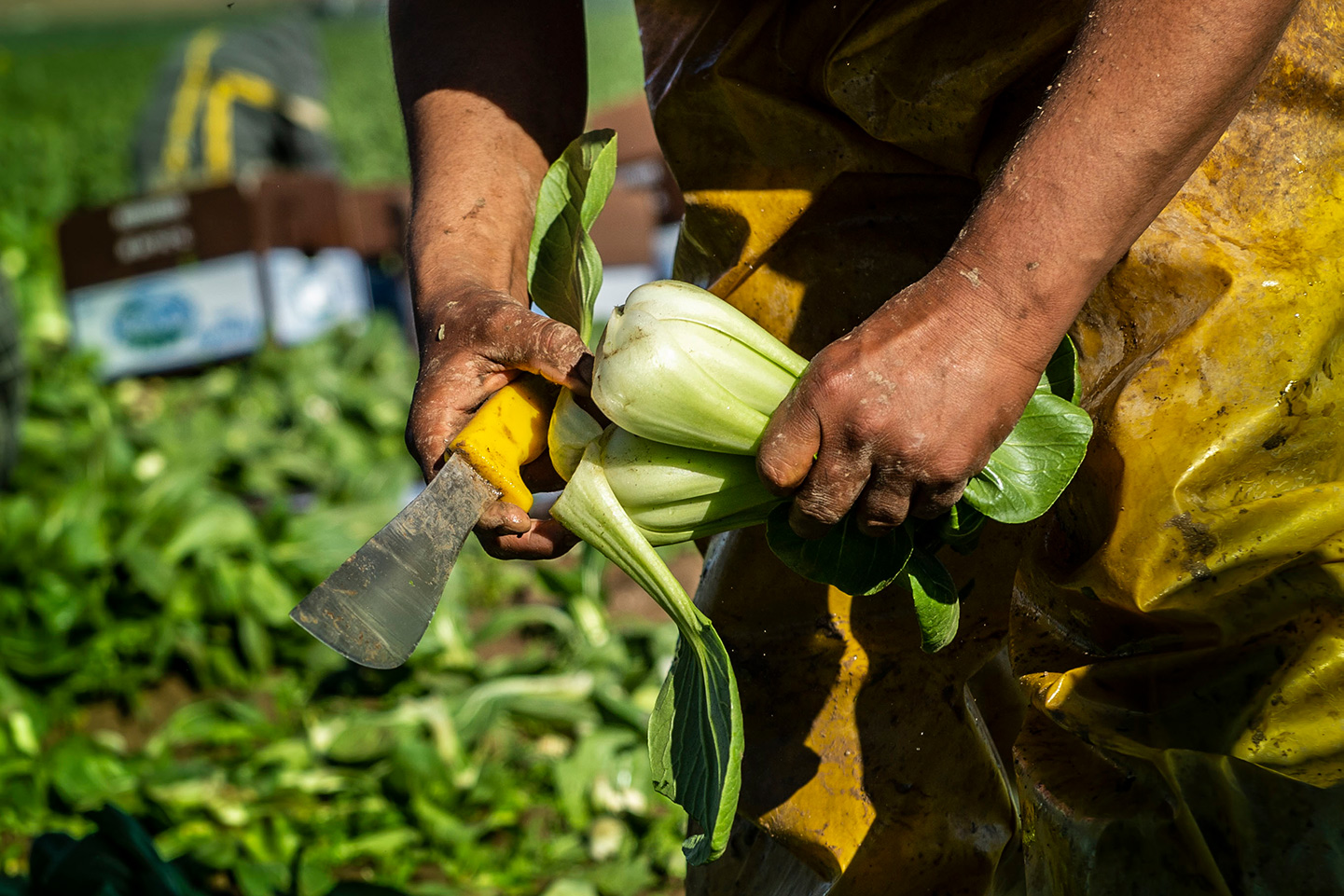
Laborers responding to the survey in Oregon and Washington reported that they often found it difficult to maintain a 6-foot distance from other workers at particular points in their workday, such as when loading berries onto trailers. While almost half of California respondents said their employers failed to provide them with a face covering, 77 percent of Oregon farmworkers say their employer did provide them with a mask. Yet 31 percent of Oregon respondents also said their employers required that they be closer than six feet to one another without adequate personal protective equipment.
Some farmworkers reported that their employers seemed to be taking workplace safety during the pandemic seriously. One farmworker in Tulare County, California, reported their employer talked with staff every day about taking precautions against the coronavirus and implemented special measures like extra shade shelters and dispersing workers across separate rows to maintain a safe distance. Another worker in Kern County, California, reported careful spacing at harvest collection sites, with white markers on the ground indicating a safer six-foot distance from one another, as well as widespread use of hand sanitizer and daily temperature checks.
Laborers also face COVID-19 exposure outside of the workplace. Labor contractors often transport workers to job sites in shared vans that do not allow for effective social distancing. Farmworker housing often poses additional risks. Many resident farmworkers live in crowded, often intergenerational households without sufficient space to distance from one another within the home.
H2-A housing seems to be a particularly dangerous place for COVID-19 outbreaks. In California, 198 people who lived in H-2A housing provided by Villa Las Brisas berry farm in Ventura County tested positive for COVID-19 after a summer outbreak. Alco Harvesting, a harvest management company in Santa Maria that sponsors H-2A workers, was the site of an outbreak that sickened 104 people and killed one. A major outbreak among guest workers at Gebbers Farm in Okanogan County, Washington, led to 120 positive tests and three deaths. Highlighting the challenges with COVID-19 testing and tracking among visa and contract farm laborers, more than 150 laborers who experienced symptoms or were directly exposed to COVID-positive coworkers either declined to be tested or chose to return to their home countries instead.
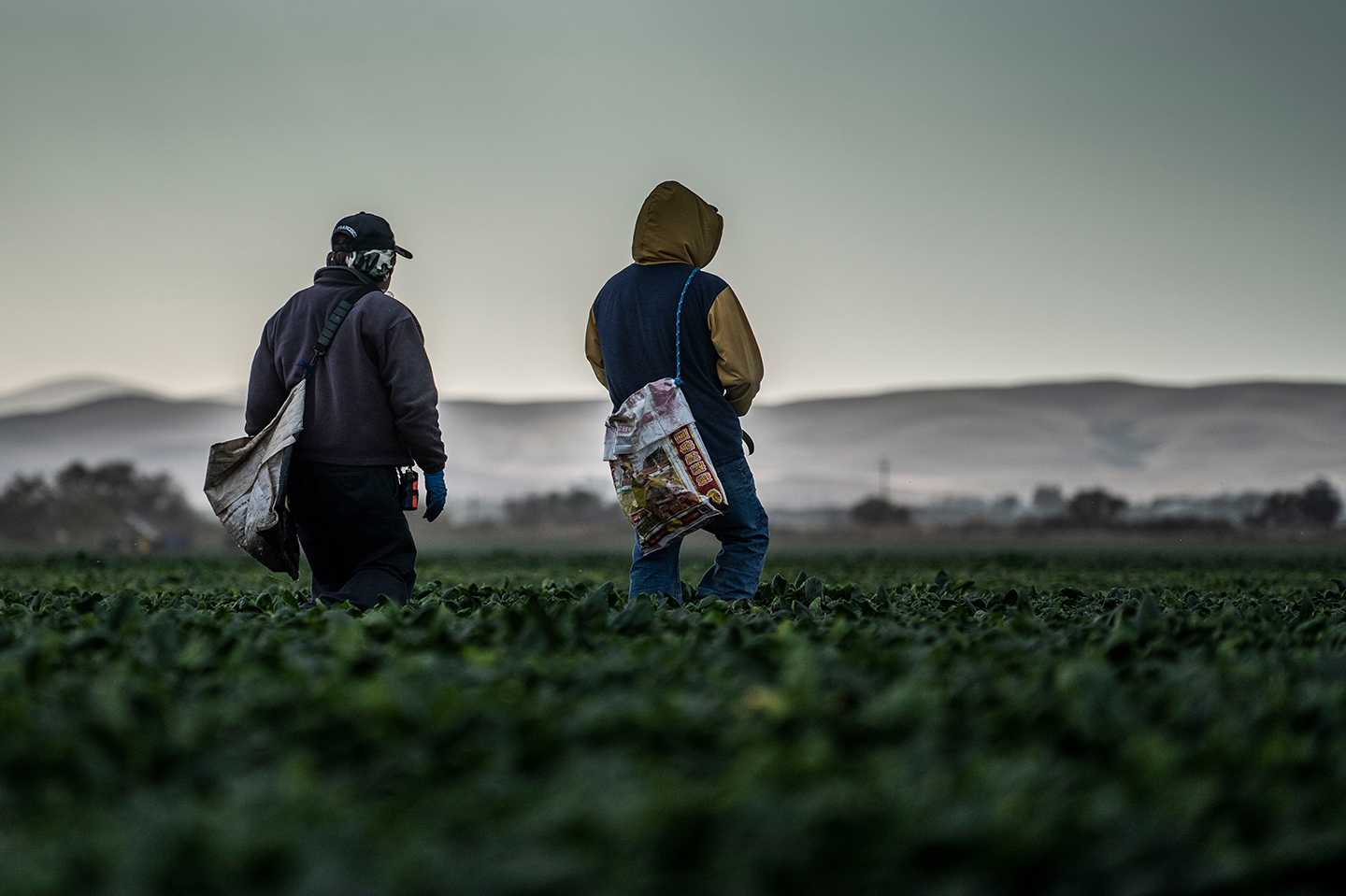
In response, State Occupational Safety and Health Administration (OSHA) departments in Oregon, Washington and California have implemented temporary rules to increase protections for farmworkers at the jobsite, and in employer-provided housing. Success has been mixed. While some employers have complied, other respondents to the surveys said they didn’t see their employers adhering to the new rules until a complaint was filed and an OSHA inspector actually visited their workplace, pointing to the need for additional enforcement. Disturbingly, stories of retaliation against workers who complained about conditions were common.
“Oregon OSHA and the Bureau of Labor and Industries rely on complaints, but a lot of farmworkers, due to fear, don’t complain,” said Jennifer Martinez, “because they’re afraid they’re going to lose their job.”
Fear also plays a role in farmworkers’ reluctance to get tested for COVID-19, and to seek medical care if they do get infected. Anabel Hernandez-Mejia, resident leadership coordinator at the Farmworker Housing Development Corporation in Woodburn, Oregon, says it was challenging to get residents at farmworker housing sites to take COVID-19 tests, even when they were free.
“We did not get much over 50 percent testing rates,” she said. She attributes workers’ reluctance to get tested to a combination of disinformation, like worrying they could be infected by the swab, as well as real concerns that their employers might fire them if they tested positive — or even if they didn’t. Some survey respondents said their supervisors would send workers home who had been tested because they felt being tested implied you had the virus, causing even healthy workers to lose pay.
Oregon and California have implemented wage replacement programs for workers without paid sick leave who contract the coronavirus, or who are required to quarantine due to COVID-19 exposure. Jennifer Martinez says the Oregon program, while valuable, has not been widely publicized to the farmworker community. More than half of the farm laborers who were surveyed in Oregon were unaware of the resources.
“Even if farmworkers did know about these relief funds, they might not necessarily access them because of a fear of public charge,” said Jennifer Martinez, referring to a United States Citizenship and Immigration Services rule that disqualifies immigrants who access some public benefits from becoming lawful permanent residents.
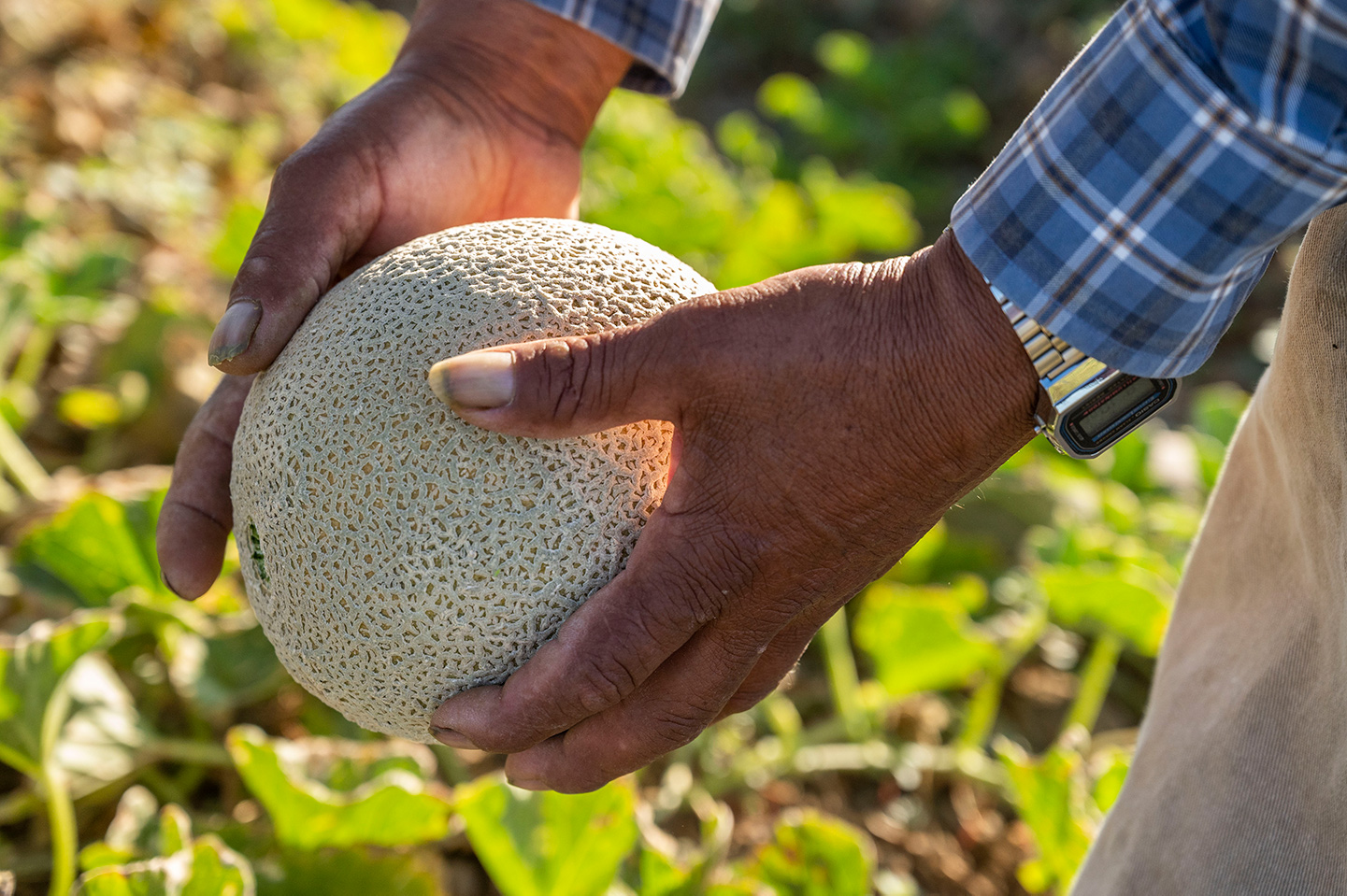
One potential barrier to learning about existing resources is language. While clear statistics are difficult to find, a significant percentage of farmworkers in Oregon, California and Washington speak Indigenous languages from Mexico and Guatemala, and may have limited Spanish fluency or literacy. Indigenous workers surveyed in Oregon reported a near total lack of public health information available in their native languages.
“Language-accessible services are particularly important when we rely on these people to perform labor, no matter the hazards,” said Valentin Sánchez, community educator at the Oregon Law Center.
The multifaceted problems facing farmworkers call for equally multifaceted solutions.
“What the survey is telling us is that we need to think of a range of strategies,” said Jennifer Martinez. “We need immediate relief to stop the bleeding, but we also need to think of the structural factors, so that in the future, if this happens again, farmworkers don’t go through what they’re going through right now.”
Both the California and Oregon survey recommendations include replenishing income and safety net support for farmworkers regardless of documentation status, enforcing existing anti-retaliation and workplace protections, and strengthening OSHA occupational safety enforcement and worksite auditing activities.
Nayamin Martinez, director of the Central California Environmental Justice Network, sees plenty of room for improvement in agricultural workplace safety inspection in California’s Central Valley. She says farmworkers routinely report being coached in advance how to behave and what to say when inspections take place, indicating that employers may be getting notice of upcoming “unannounced” inspections.
“We’ve been told by somebody in the Labor Department that they don’t announce their inspections. What we know from the fields is that they do.”
Nayamin Martinez thinks that truly unannounced inspections, anonymous reporting hotlines for workers, and aggressive and linguistically appropriate awareness campaigns informing workers of their existing rights would help improve conditions for farmworkers even without new legislation.
“My personal opinion is at this point, we just need to focus on enforcement,” said Nayamin Martinez. “It takes so much to make a bill, or a law, but then we don’t pay the same attention to the enforcement piece.”
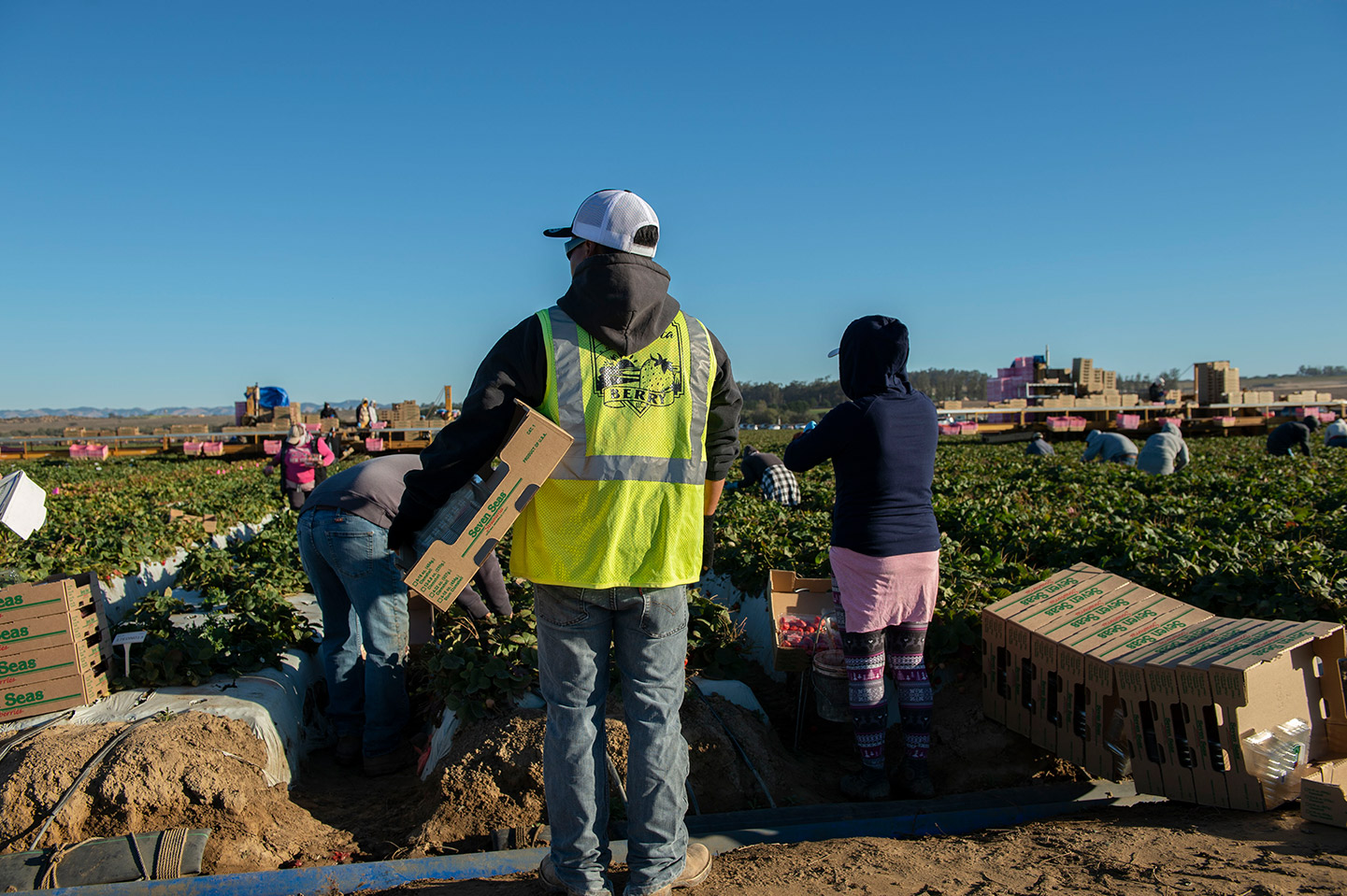
Pineros y Campesinos Unidos del Noroeste (PCUN), a farmworker union based in Woodburn, Oregon, says the emergency legislation passed in Oregon at the beginning of the pandemic that created cash assistance payments for workers and strengthened workplace safety requirements made a real difference for workers.
“For the most part, it actually had a really positive impact on people’s day-to-day,” said Reyna Lopez, PCUN’s executive director. “Maybe that doesn’t show in the numbers. We’re still disproportionately affected. But people felt safer at work, and more valued at work.”
The temporary OSHA rules expired, however, on October 24, 2020. Governor Kate Brown issued an executive order extending some pieces of the temporary order, but Lopez says it doesn’t go far enough.
“The pandemic’s not over. It would be a grave mistake to allow these to expire,” said Lopez. PCUN is pushing for continued protections, including a higher ratio of toilets per worker, protections for workers currently being housed in hotels and motels, and enhanced ventilation systems for indoor workplaces.
In response to widespread fears of retaliation as a barrier to reporting workplace safety concerns, PCUN is working on a legislative concept they call the Just Enforcement campaign, which calls for strengthening workers’ ability to file workplace safety violations, sue employers and win financial remuneration for cases in which employers are fined. They’re also hoping to make sure random inspections are truly unannounced.
“What I have heard from workers on the ground is that people already know when the inspectors are coming, and they stage things,” said Lopez. PCUN hopes to convince Oregon lawmakers to pass the Just Enforcement legislation in 2021.
It’s heartening to see states taking farmworker safety seriously, even if no single measure can solve the complex problems facing the people who grow our food. But underneath all of these efforts lies a deeper root cause for the vulnerability of farmworkers: immigration policy.
“A lot of these things could be avoided if we had a comprehensive approach to ensuring workers had authorization status,” said Lopez. “A lot of farmworkers are undocumented, and that’s very connected to why it’s so easy to retaliate against those workers in particular.”
Could COVID-19 be the impetus that finally forces us to update a system that has criminalized some of the nation’s most essential workers for generations? Carlile-Cummins sees a slim ray of hope.
“There’s so much that’s just really bad news for farmworkers in all of this, and alongside of that is the bright light that this shines on the unjust, longstanding inequalities in the industry,” said Carlile-Cummins. “And I hope, as a nation, we just can’t tolerate this kind of thing for much longer.”


